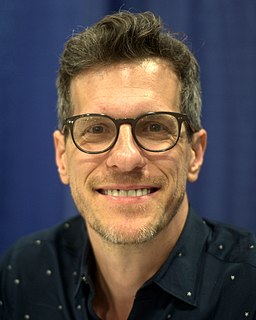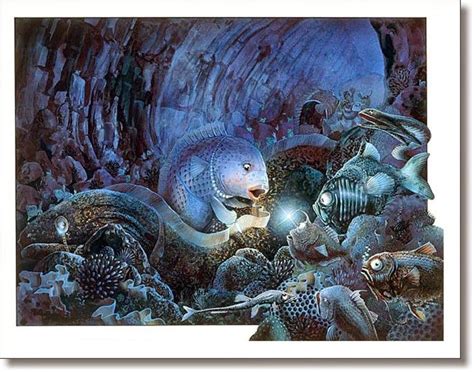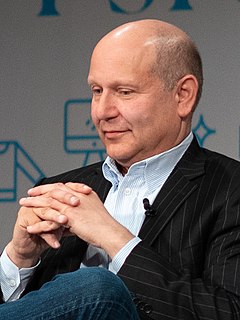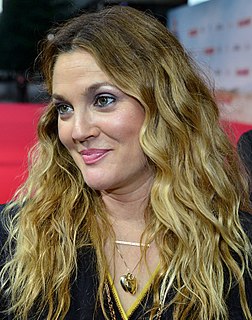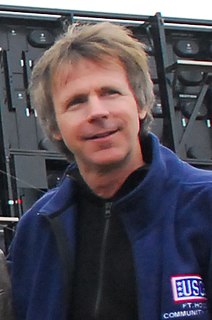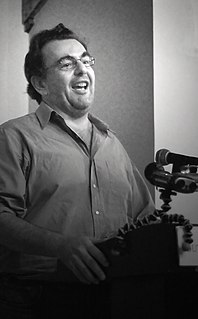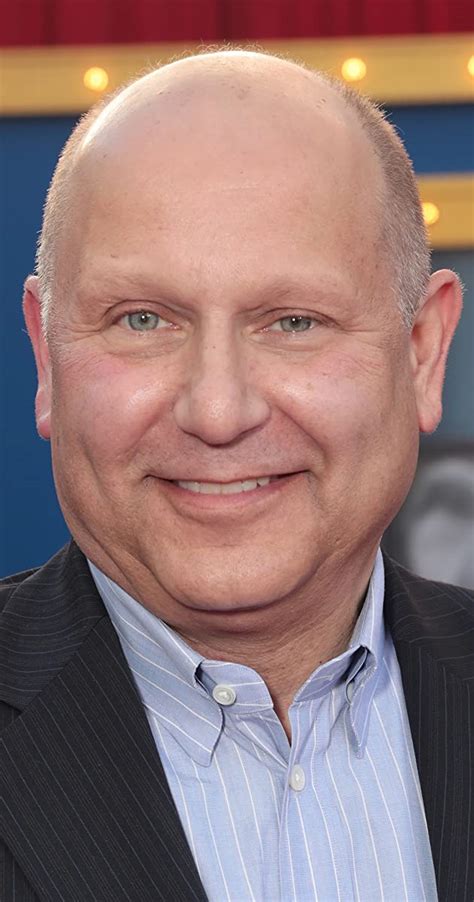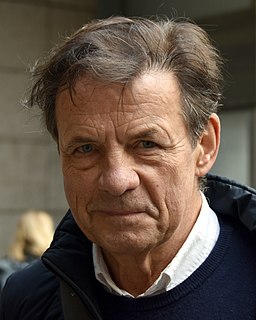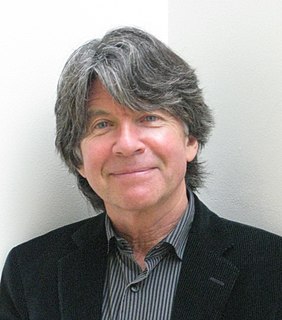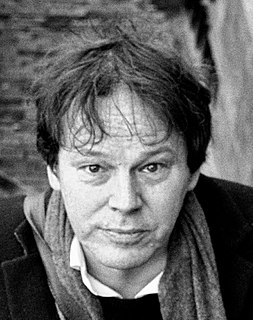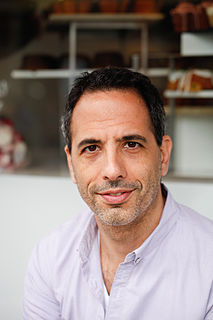A Quote by Helen Craig
My great influence has been Maurice Sendak, who drew 'Where the Wild Things Are.' His characters really interact with each other.
Quote Topics
Related Quotes
The fact that Maurice Sendak said, "This is something that I made at your age, this was something that was personal to me, and now you need to take it and make something that's personal to you." I don't know, but we made the Where The Wild Things Are movie that we set out to make, and Maurice loves it. If Maurice was anxious about it, then I would be petrified.
I was lucky enough to know Maurice Sendak, and talked to him about doing the movie. For a while, I was really apprehensive of it, because Where The Wild Things Are is a book I love so much, and I didn't want to add something to it just to be able to make a movie, or put my stamp on it, or something like that.
Once a little boy sent me a charming card with a little drawing on it. I loved it. I answer all my children’s letters — sometimes very hastily — but this one I lingered over. I sent him a card and I drew a picture of a Wild Thing on it. I wrote, “Dear Jim: I loved your card.” Then I got a letter back from his mother and she said, “Jim loved your card so much he ate it.” That to me was one of the highest compliments I’ve ever received. He didn’t care that it was an original Maurice Sendak drawing or anything. He saw it, he loved it, he ate it.
We need each other to do things that we can't do for ourselves. If we are intimately connected with each other, we just give things to each other; if we don't know each other we find another way to handle it. If you think about it, each according to his or her abilities and each according to his or her needs is sort of the same thing as supply and demand.


